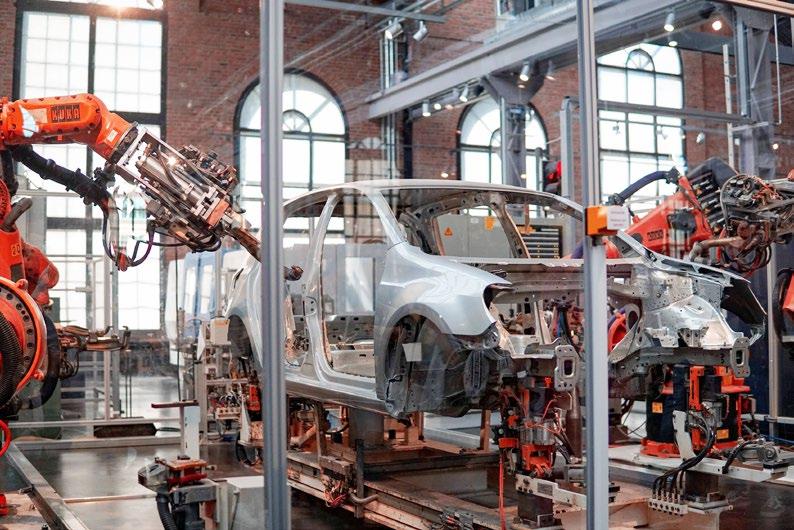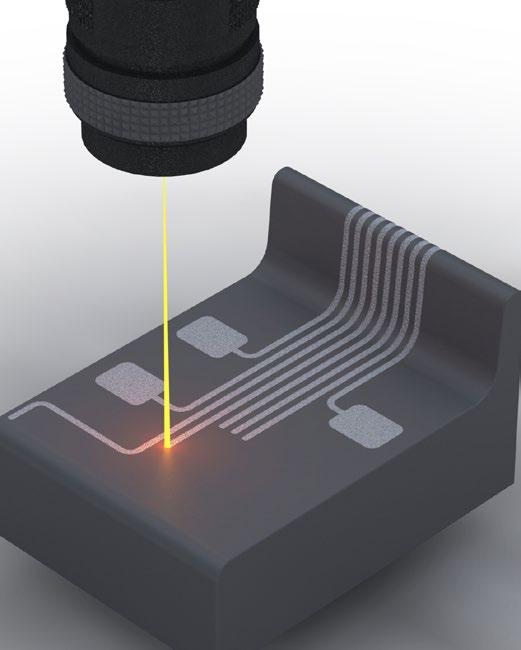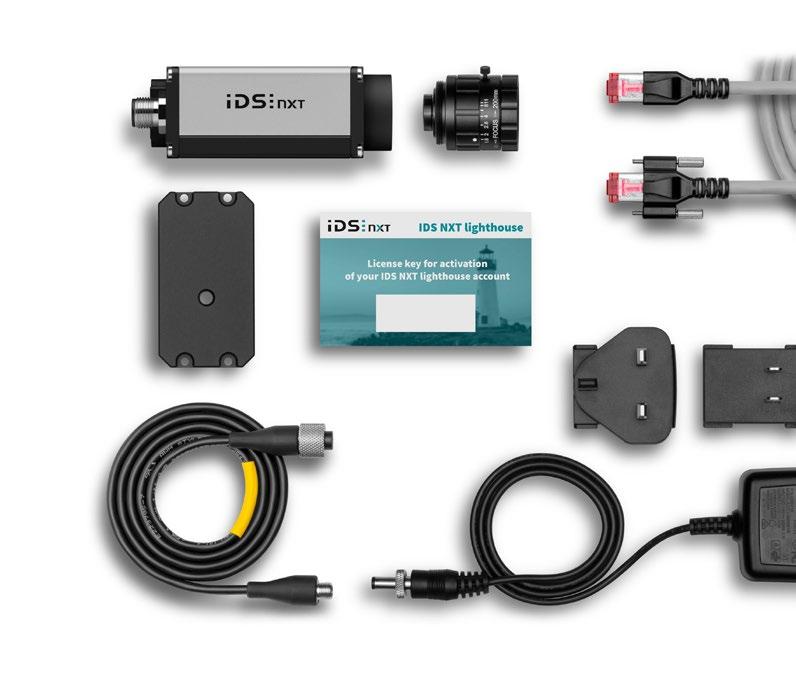FLIR
FLIR THERMAL SENSORS HELP HAMBURG TO ENHANCE CITY TRAFFIC FLOW
H
amburg is Germany’s second largest city and a major port city in the North of the country. It is The BXT motors deliver considerably higher torques than those usual in this drive class. connected to the North Sea by the Elbe River. Hamburg is quickly building a reputation as Germany’s most innovative As one of the most ambitious smart city. The city has launched no less than 60 smart city initiatives that address smart city projects in Europe, the city’s mobility and sustainability Hamburg, Germany is challenges.
determined to tackle its urban mobility and sustainability challenges head-on. To have better insights into its city dynamics, Hamburg strongly believes in digitizing traffic. Data collection and data analysis will allow the city’s traffic authorities to make smarter decisions. A new set of data will come from a vast network of FLIR thermal imaging cameras.
02 - AUTOMATION Mag - OCTOBER 2020
26
Hamburg feels a high sense of urgency to tackle its mobility problems. According to a 2018 survey of German cities by navigation technology company TomTom®, Hamburg has more congestion than any other city in Germany, even Berlin. The study revealed that in 2018, Hamburg commuters encountered jams on 33% of road journeys, which means motorists lost on average 113 hours a year to traffic jams. Collecting traffic data Hamburg city authorities are convinced that congestion can be mitigated by having a better picture of the traffic dynamics. Where in the city does traffic flow smoothly and where do traffic jams occur regularly? What traffic diversions make sense? And how are roadworks affecting traffic fluidity? Based on this type of traffic data, Hamburg traffic authorities
want to make better traffic forecasts and smarter real-time decisions. To meet its high need for traffic data, Hamburg Verkehrsanlagen GmbH (HHVA), the city’s public service provider for traffic control and infrastructure, ordered more than 2,000 FLIR thermal imaging sensors for vehicle and bike detection, to be installed on traffic lights and street lighting by 2021. The cameras are helping traffic controllers to adjust signals in (near) real-time depending on how busy the roads are. Furthermore, the huge volume of traffic data helps traffic managers to improve their long-term planning and reduce blockages. Data collected by the FLIR sensors is fed to the city’s Urban Data Platform, a cloudbased platform that enables its users to evaluate the data in real time. One of the users of the platform is the Hamburg traffic police, who is using the data to optimize traffic light control and solve traffic issues, like unusual congestion or roadworks, much faster. Vehicle data on intersections FLIR’s thermal imaging cameras will be used for two separate data collection projects, both of which will be managed on the Urban Data Platform. Most of the
































